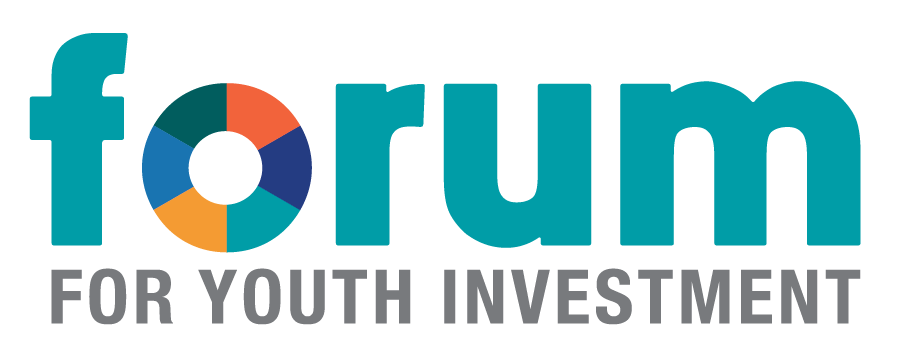Defining Positive Youth Development: Common Elements Across 4 States
November 8, 2023
Positive youth development is an intentional approach to policy and practice that engages youth within their communities, families, peer groups, school, and organizations to advance youth well-being. It is an inclusive and strengths-based approach designed to improve youth outcomes in education, work, and life. A vast array of policy and practice is available to state and federal policymakers in pursuit of positive youth development.

Pyramid of Program Quality
Currently, several federal statutes and agencies have defined positive youth development for specific programs or purposes. States also vary in how they approach positive youth development. Still, some common elements exist across all systems, including developmentally appropriate programming and strengths-based approaches that acknowledge where youth are and the assets they bring to the table. Additionally, youth engagement is an important component of positive youth development highlighted across definitions and programs.
At least four states have defined positive youth development in statutes or regulations, and more than half of all states have a coordinated positive youth development office, program, or practice. These approaches exist in various policy domains, including health and human services, adolescent health, teen pregnancy prevention, education, afterschool programs, and/or juvenile justice. The differing approaches to positive youth development are illustrated in the following examples from Arkansas, Colorado, Illinois, and Iowa.
Arkansas defines a positive youth development program for education, and out-of-school time specifically, as “a developmentally appropriate learning experience that helps children and youth five through nineteen (5-19) years of age develop educational, social, emotional, and physical skills during out-of-school time.”
Colorado statutes define positive youth development for public health, education, and comprehensive sexuality education as an “approach that emphasizes the many positive attributes of young people and focuses on developing inherent strengths and assets to promote health. Positive youth development is culturally sensitive, inclusive of all youth, collaborative, and strengths based.” Colorado also has a Statewide Youth Development Plan that incorporates the principles outlined in definition.
Illinois’ Bureau of Positive Youth Development, within the Department of Human Services, supports communities and local governments with the development and implementation of programs to support positive youth development and the reduction in risky behaviors of youth. Programs include teen pregnancy prevention programs, a youth employment program and a community planning program to reduce community violence and youth delinquency.
Iowa’s Collaboration for Youth Development, within the Department of Human Rights, highlights a focus on youth strengths and assets rather than just prevention and treatment of challenges. In public policy, youth development is seen as an “approach [that] shifts the focus away from youth problems and categorical youth programs to a more holistic, positive approach to supporting and engaging all youth in healthy and positive development.”
These varying approaches within and across states beg for a common understanding and definition of positive youth development moving forward. Embedding that definition across K-12 and postsecondary education, workforce, juvenile justice, youth homelessness, and social services at the federal level will ensure a common strengths-based approach to support youth in reaching their full potential in education, work, and life.
